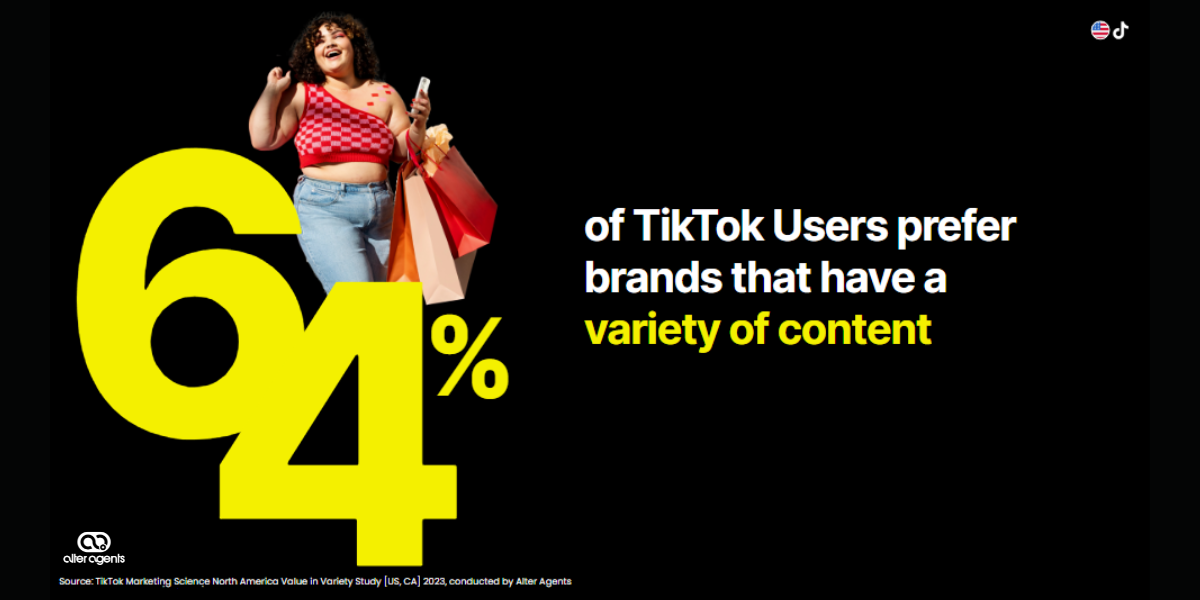
Curated Consumption: Your Brand Means Something
Your brand means something. Are you the one deciding what?
Luxury brands have always understood the value of social signaling to consumers. While some shoppers want to pay for high-quality goods, the prominent labels and badges of luxury products serve another purpose, broadcasting the wealth and status of the owner. From jewelry to clothing to cars, luxury shoppers have long taken advantage of the added-value that comes from broadcasting their ownership of luxury brands.
Today, it is not just luxurious, high-end goods that broadcast a particular image of the owner. Instead, consumers increasingly view all brands and purchases as opportunities for self-expression. Customers want to broadcast their values and feelings through the brands that they use, support, and show off. Accessing your customers and prospective customers requires understanding how they use your brand to express their own meanings and values.
Millennial consumers, who grew up with the internet and quickly becoming the largest shopping generation, are accustomed to having everything at their fingertips. Need to know how many grams are in an ounce? Google. Need coffee or dinner? Door Dash. Need a ride? Uber. Need a bed? AirBnB. Younger consumers are inundated with choices and information and constantly connected. It’s no wonder that young entrepreneurs are founding companies that embody their lifestyles and ethical commitments. And their users and customers are following suit, comfortably blending their personal lives and consumer habits. This blend is what we call curated consumption.
And it’s not just millennials: today’s shopper has changed. Curated consumption means:
- Brand image used to be a way to differentiate your brand from the cheaper generic one shelf down, today it is the cost of admission – customers want to be sold on the value of the brand.
- A purchase is not just about a value-for-money proposition, but about fitting the brand into a narrative.
- Curated consumption is contextual. Customers who are loyal to a brand in one category might be promiscuous and bargain-oriented in the next, depending on what the purchase means to them.
- Consumers are savvier than ever about what a brand represents, and using those brands to broadcast messages about themselves that change as they move through different contexts.
The brands you love make you feel things about and beyond the actual value of the product. Unfortunately, creating this kind of authentically magnetic moment is hard to plan in a conference room. We all have that product that we still buy sometimes as an adult because it reminds us of our childhood. It might be objectively kind of terrible, intellectually indefensible even, but sometimes you want a sandwich with the plastic cheese that reminds you of when you were eight – a magnetic moment. Our job as researchers and marketers isn’t to manufacture these moments. That’s impossible. What we can do is understand where they are, who’s having them, and facilitate that experience for as wide an audience as possible.
The reason we can’t simply make these moments is that brands have an identity and a meaning in the marketplace independently of their own actions. This comes from a variety of sources: media stories, word-of-mouth, advertising, online reviews, personal impressions of your product or even the people who use it. While brand managers and marketers have tools at their disposal both old and new, they are usually not going to be a customer’s first or only touchpoint with your brand. In marketing meetings, we all tend to be a bit myopic about this, to imagine that through our grand efforts we can change the way customers see our product and our brand. It’s crucial to remember that any marketing we do will be in conversation with this broader brand zeitgeist. Any time we attempt to tell our customers who we are or what we do, we’re building on the assumptions those customers already hold. If we’re a small mom-and-pop shop that’s unfamiliar, they may come with an open mind, but if your brand is large enough to have a marketing department, then your target customers already have a first impression, whether positive or negative.
This is why we at Alter Agents believe in the crucial role of consumer insights departments and agencies as the voice of the consumer. Too often, this is understood as simply as a place to gather customer complaints. The best market research today is being used to understand how consumers understand and use the brands they know and what opportunities exist to fill in whitespace opportunities for brands that haven’t already made a strong impression. If the brand strategy is built on an organization’s view of itself then they’re just navel-gazing, and the decision-making process will inevitably place internal assumptions above those of potential customers. This is a costly mistake for a brand to make.
In part two, we’ll look at how familiar, established consumer brands can leverage the power of their ubiquity to their advantage. In part three, we’ll look at the opportunities created for new, upstart brands to capitalize on unoccupied brand positioning.
Thought Leadership Updates
Get updates in your email.






